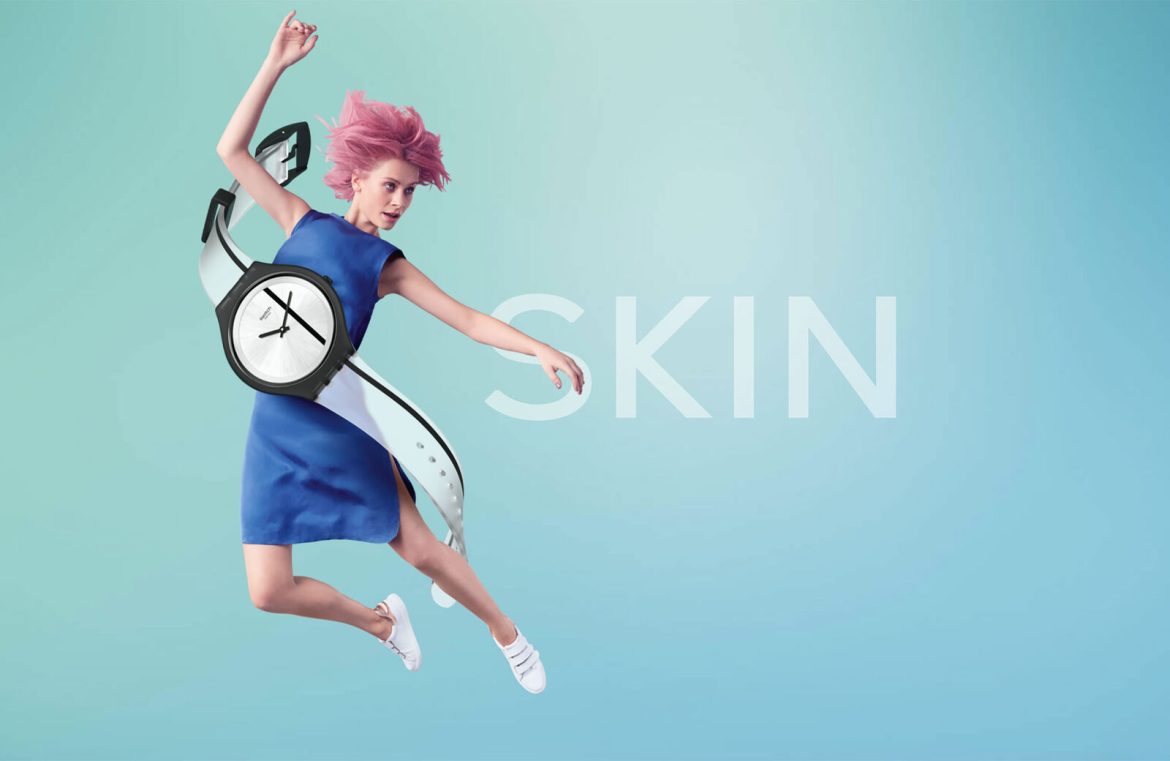After a period dominated by flat, material, and minimalistic design approaches, gradients have surged back into the spotlight. The design world is filled with vibrant color transitions that are not just eye-catching, but also instrumental in creating engaging and attractive visuals.
For those still on the fence about gradients, it’s time to reconsider. Here are 10 compelling motivations to integrate gradients into your web design endeavors this year.
1. Backgrounds That Captivate
Gradients have the unique ability to captivate audiences and guide their gaze through your design. From the moment of entry, color transitions lead the eye, with varying shades and intensities prompting exploration across the interface.
As an increasingly preferred design choice, gradients excel in the role of a dynamic background. By layering images, text, and other elements atop a gradient, designers can spark interest and add an element of depth. Take for example the image below, where a soothing gradient acts as both a backdrop and a directional guide towards the “Discover More” prompt.
Furthermore, a gradient’s influence persists even as users scroll, maintaining a consistent thematic presence and accentuating key navigation elements with an almost halo-like effect surrounding them.

2. Text That Stands Out
Not limited to background applications, gradients can take center stage as a core element in foreground design. Their versatility shines when employed as a text fill on a stark background, instantly drawing attention to the message.
However, caution must be exercised in color selection to ensure consistent contrast and legibility throughout.

3. Image Overlays That Pop
When you have an image that’s somewhat lackluster, a gradient overlay can inject vibrancy and allure. While it’s not a remedy for poor image quality, it can certainly elevate a simple composition to something more striking.
Through the strategic use of gradient overlays, you can impart brand personality and set a distinct mood. Experimenting with color intensities can yield varied implications, from spirited and daring with bright hues to understated with subdued shades.
As shown in the portfolio below, going against the grain with a unique gradient overlay approach can differentiate your design. Here, a clever fade technique creates a striking solid color bar at the image’s base.

4. Guiding the Viewer’s Journey
A well-crafted gradient not only pleases the eye but also plays an integral role in user navigation. As visitors typically scan content in an F-pattern, gradients can be designed to steer the journey from key branding elements to the primary call-to-action.
The interplay of light and dark regions within the gradient can be arranged to accentuate this natural exploration path, enhancing the user’s experience.

5. Crafting Memorable Experiences
The growing popularity of gradients doesn’t detract from their capacity to make a lasting impression. Every gradient, with its own unique color blend, has the potential to leave an indelible mark on the user’s memory, reinforcing brand recall.
Take advantage of a striking gradient by integrating it into your brand’s visual identity, just as you would with any other signature color, to forge a stronger connection with your audience.

6. Highlighting Brand Identity
If your brand’s visual identity incorporates specific colors, gradients offer a fantastic medium to showcase these shades. This strategy is especially powerful for emerging brands or websites who aspire to establish a strong and consistent brand image.
Paying homage to your brand’s color narrative across various platforms, from the web to social media and even print ads, will help reinforce recognition and association among your audience.
The Community Sector Banking example below aptly demonstrates this by threading the color narrative throughout its design, from photo overlays to navigation bars, all echoing the brand’s primary hues.

7. Effortless Creation
Gradients are impressively straightforward to implement, often only requiring a palette selection and the determination of a gradient’s shape and color transition points.
Whether it’s a linear gradient sweeping from one side to the other, or a radial gradient blossoming from a central point, the possibilities are vast. Choosing harmonious colors that reside close to each other on the color wheel will generally yield the smoothest transitions. But don’t shy away from experimentation to find the perfect blend for your project.
Lacking confidence in your gradient-crafting abilities? Try these helpful tools for guidance:
- WebGradients: A free collection containing 180+ ready-made gradients in various formats.
- Gradient Buttons: Get CSS codes for stylish gradient buttons with interactive hover states.
- Gradient Wave Generator: A tool for crafting your own gradient wave with customizable colors and intensity.

8. The Essence of Nature in Color
Gradients often evoke a sense of the natural, with their ability to reflect the varied shades seen in the world around us. From shimmering seascapes to the ever-changing sky, gradients are synonymous with the world’s inherent beauty.
The palette selection featured below encapsulates this natural elegance, transitioning from the warmth of daylight to the tranquility of twilight.

9. Artistic Flair Sans Dominant Imagery
A captivating gradient can stand on its own as a focal art piece when you’re short on other visual elements. The usage of vivid colors can set a resolute foundation for your site’s presence, offering a visually intriguing encounter for users.
The seamless transition of colors is sufficient to engage emotions and frame content in the right context, even when gradients are subtle in nature.

10. A Trend with Staying Power
Gradients offer a tasteful touch of trendiness without being overpowering. With a multitude of applications at your disposal, it’s no wonder they’re regarded as a designer’s staple.
Despite waning in popularity from time to time, gradients have a timeless appeal due to their universal attractiveness and versatility, ensuring they remain a fashionable choice in the design realm.


